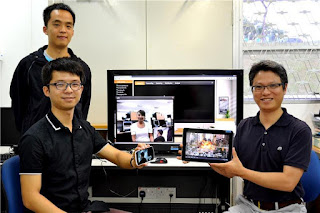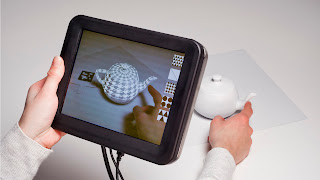Researchers of USC Viterbi's Computer Science
Department released the world’s most comprehensive library of 3D deformable
modeling software for free open source download. The package, called Vega,
allows users to simulate and move complex objects, bending, stretching and
twisting them in real time. A potentially powerful tool for animation and game
artists, as well as engineers designing complete structures, Vega is optimized
for speed and can animate the motion of any 3D solid object, under any
user-specified forces.
No other free library offers such a
comprehensive range of materials and deformable simulation methods. The
culmination of eight years of development, Vega’s license allows anyone in the
world to freely use and modify its over 50,000 lines of software code, whether
for academic research or commercial applications. Unique in its implementation
of popular deformable object methods, the package works out of a standard
computer system for representing 3D objects, dividing their interiors into pyramids.
In a matter of seconds, Vega can simulate both geometrically simple objects as
well as complex objects made up of hundreds of thousands of tetrahedra.
More information:







